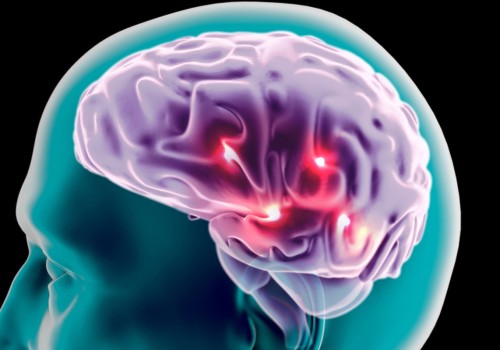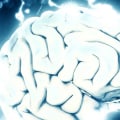Addiction is a brain disease that affects three areas of the brain: the primitive brain or reptile, the neomammalian cortex or brain, and the frontal cortex. Scientists use imaging technology to measure brain and heart function, with higher activity shown in reds and yellows and reduced activity in blues and purples. Healthy brains and hearts are more active than those affected by addiction or heart disease. When drugs are used, chemical compounds enter the brain and bloodstream.
This can cause people to lose control of their impulses or to want to consume a harmful substance. All addictive drugs affect the brain pathways and involve a reward, that is, the dopamine system in the reward pathway. The brain disease model of addiction has improved understanding and treatment of substance use disorders. It takes into account genetic and environmental factors that cause physical changes in the brain, which can lead to more accurate and effective treatment options.
The American Society for Addiction Medicine (ASAM) defines addiction as a disease that affects brain chemistry and circuits, leading to compulsive drug-seeking and using behaviors. People with active addictions experience abnormalities in the reptilian brain. In addition to neurobiological changes, many genetic, environmental, and social factors contribute to a person's vulnerability to starting to use drugs, continuing to use drugs, and undergoing progressive changes in the brain that characterize addiction. The addiction model of brain disease does not reduce the moral stigma associated with addiction, but can instead add a new stigma by using the word illness. However, it significantly increases basic understanding of addiction, which can lead to more accurate and effective treatment options.






